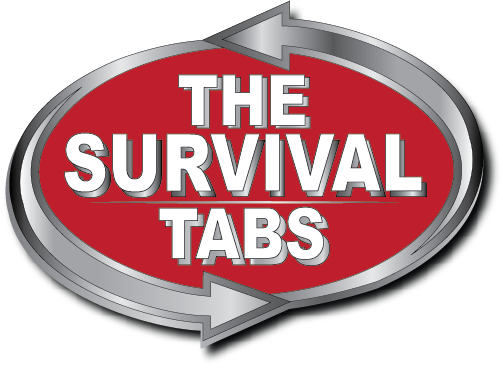What’s a “powerhouse” fruit or vegetable? According to a new study published in a Centers for Disease Control and Protection journal, they’re foods that are “most strongly associated with reduced chronic disease risk.”
They also contain 17 essential nutrients in quantities that constitute 10 percent or more of a person’s ideal daily intake: potassium, fiber, protein, calcium, iron, thiamin, riboflavin, niacin, folate, zinc, and vitamins A, B6, B12, C, D, E, and K3. But the top performer might surprise you.
The veggie you should buy right now is… watercress, which scored a perfect 100 on the authors’ “nutrient density” scale. (Geek out over watercress recipes here.) Also in the top five: Chinese cabbage, chard, beet greens, and—as Popeye already suspected—spinach.
Way down on the list is the leafy green kale, which only scored a 54.80. Don’t worry, kale lovers—that’s pretty good. It and 35 other fruits and vegetables still met the study’s “powerhouse” standards, including pumpkin, Brussels sprouts, and strawberries.
Of the fruits and veggies examined, only six didn’t—tangerines, garlic, onions, cranberries, raspberries, and blueberries—though this doesn’t mean they’re necessarily unhealthy. Berries, for instance, are rich in phytochemicals—compounds that may have disease preventative properties—but there isn’t yet good information on recommended intake amounts for them, so they weren’t factored into the study.
“Nutrient profiling is not new,” the lead researcher, Jennifer Di Noia, told The Washington Post. “But applications to fruits and vegetables are limited. This is the first classification scheme of which I am aware to define and rank” fruits and vegetables.
Would You Send Your Kid to a Vegan School?
It’s the rare kid who doesn’t go bananas for a hot dog or a plate of mac ‘n cheese. And although the nation at large has witnessed a downturn in such offerings on cafeteria menus, one private school—in California, surprise, surprise—is going whole-hog vegan.
“Titanic” director James Cameron and wife Suzy Amis Cameron are the two of the philanthropists who donate to MUSE School Ca, private elementary and middle schools that emphasize “preserving the environment and building community.” The Camerons have been vegan since 2012 because they’re ”appalled by all of the water and grain it takes to produce meat and dairy, and all of the greenhouse gas emissions, waste and pollution that production generates.” As Amis Cameron tells NPR, “You can’t really call yourself an environmentalist if you’re still consuming animals. You just can’t.”
Within a year and a half, the school will serve solely plant-based foods. Amis Cameron, who has spearheaded the couple’s philanthropic efforts at the schools, sees her efforts as dovetailing nicely with her husband’s film “Avatar,” which had a decidedly environmentally conscious angle.
That said, Amis Cameron has been meeting some resistance from parents, and we wonder if, given the choice, parents would send their children to an entirely meat- and dairy-free school. What, really, is the demand for schools with cafeteria menus catering exclusively to specialty diets? In 2012, only 26 percent of families were regularly buying organic food, and in 2012, only 2% of us were calling ourselves vegans. Presumably even a smaller percent of children are 100% vegan.
Reference: https://www.yahoo.com/food/powerhouse-fruits-and-veggies-88007847151.html




